England's Consumer Revolution in the 17th-18th Centuries
Article about the arrival of luxury brands and leisure time in England. Story supports small group tours to Britain and it's history from the Bronze age to the Romans, Vikings, Medieval period through to the industrial revolution and the wealth created. An Antipodean travel company serving World Travellers since 1983 with small group educational tours for senior couples and mature solo travellers.
16 Mar 22 · 11 mins read
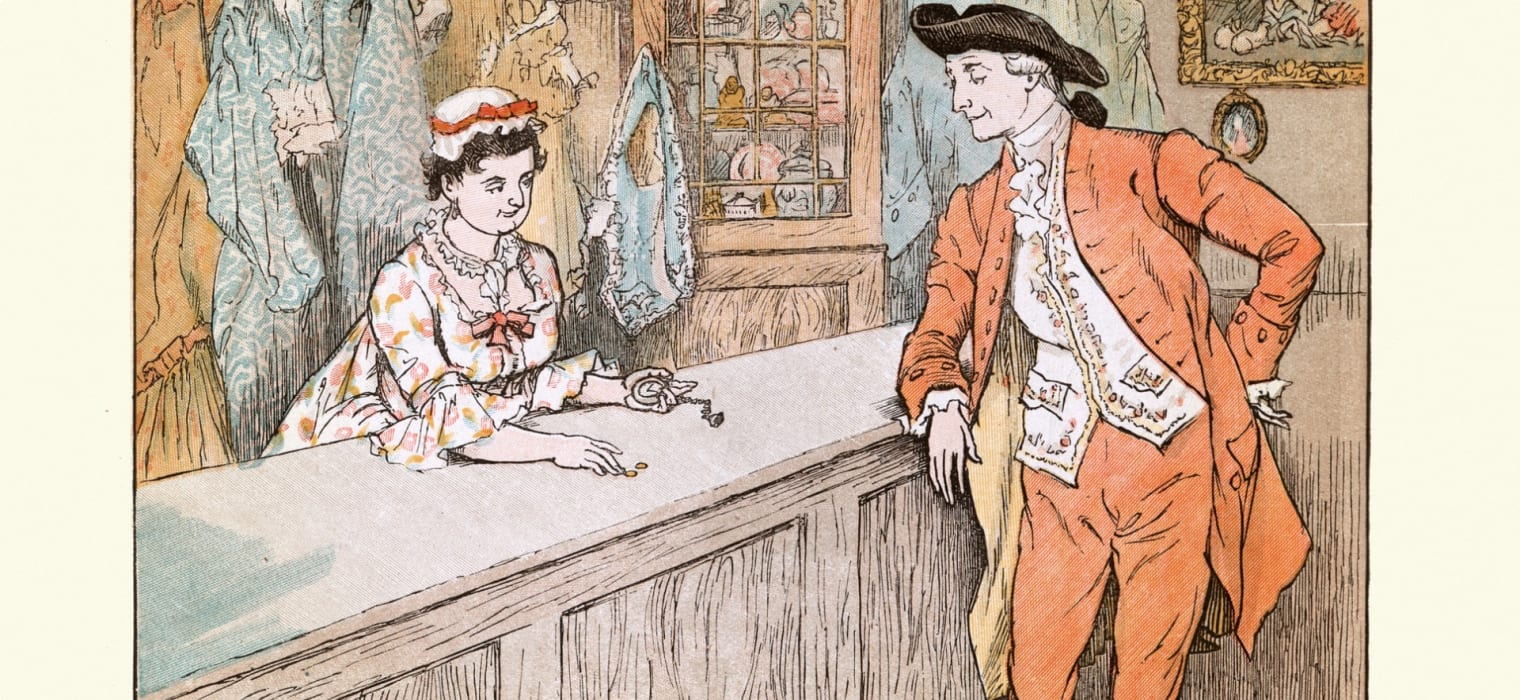
England’s Consumer Revolution
Rising disposable incomes, a growing supply of inexpensive goods, and social emulation combined to spark a ‘consumer revolution’ during the Georgian England period. From the late 1600s, a new form of society emerged based on the mass consumption of a variety of goods and products, a process which then intensified rapidly over the eighteenth century. People lived in grander houses than ever before, owned more domestic and personal goods, and boasted of their status in the display of luxury and semi-luxury goods.
This new societal phenomenon was not just restricted to the rich. More than any other time in human economic history, a greater proportion of the population could enjoy the pleasure of buying a dizzying array of consumer goods, both necessities and luxuries. Indeed, it was a growing middle-class who propelled this change. Working longer hours and producing more (see the Industrious Revolution), they now had higher incomes to afford a greater amount of goods.
Vast trade with the British Empire‘s extensive colonies across four continents further contributed to the revolution, with all kinds of products now suddenly available and affordable in England. Meanwhile, new cheap, local consumer goods also emerged that imitated more expensive goods previously bought from very long distances away. With a greater diffusion of new durable and exotic goods at affordable prices, what the people wanted to buy and consume drastically changed.
This article explores the history of the consumer revolution in England in the 17th-18th centuries as background reading for Odyssey Traveller’s Industrial Revolution tours, including our Agrarian and Industrial Britain Small Group Tour for Mature Travellers and Canals and Railways in the Industrial Revolution Tour. England’s consumer revolution was a direct precursor to the Industrial Revolution, with wide-scale consumer demand sustaining the supply of new industrial products across England and elsewhere in northern Europe.
For more information, readers are urged to take a look at Tristram Hunt’s The Radical Potter and Neil McKendrick, John Brewer and J. H. Plumb’s The Birth of a Consumer Society. Each of which was used in the writing of this article.
![]()
The Rich Lead the Way
Increased consumption began with the nobles and the wealthiest land-owning gentry who, according to McKendrick, Brewer and Plumb, “indulged in an orgy of spending”. Elizabethan and Jacobean mansions were demolished en masse to make way for even more magnificent Georgian houses. These were filled with superlative furniture, silver products, grand mirrors, cutlery, and porcelain and pottery of a quality unparalleled in English history.
Wonderful new gardens were also created, with greenhouses filled with the latest exotic items, such as pineapples and camellias. Whole estates were replanted for later generations, with trees chosen from nurseries offering an unprecedented number and variety of species. Meanwhile, large collections of aristocratic pets were assembled to resemble private zoos.
A desire for novelty pervaded all over like an irresistible drug. New fashions in pottery, furniture, fabrics, cutlery, and even wallpaper were consistently insisted on. Even their animals had to be new, while improved breeds of horses, cattle and sheep, dogs, fishes, birds, and plants were all pursued with a rabid intensity.

The rich benefited from Britain’s vast trade, with returning luxury goods from Calcutta, Canton, and the counting houses of South Asia all increasing the variety of goods available to affluent society.
Above all, tens of millions of pieces of porcelain weere imported into northern Europe by the Dutch VOC and the British East India Company. At the highpoint of fashion in 1721, the British imported nearly 7 million items of china from China.
But alongside the porcelain came a much broader treasury of consumer goods from the East. Cottons, especially muslins, and printed calicoes, together with silk, ornamental brass and ironware, ivory and mother-of-pearl artefacts, lacquerware, stationery, and books were unloaded and distributed not only across the London retail market, but among the arcades of Exeter, York, Dublin and Cheltenham.
Exported in large volumes as domestic consumables, they created a mass-market of affordable luxury consumption. This would have a profound impact on consumer patterns, of the wealthy at first and then imitated by the middle class.
Social Emulation
The middle classes could not afford all the same expensive, genuine luxury items that the rich brought back from overseas trade to distinguish their elevated rank. Nevertheless, they sought to emulate the wealth and luxurious life of the elite by buying new ‘semi-luxury’ goods that imitated actual luxury goods.
The new affordable consumer goods were produced locally, with the modernization of English production and manufacturing processes allowing for the substitution of Asian and European imports. Over the course of the early 18th century the domestic mass market of British goods developed as printed cottons took the place of Indian chintz; Birmingham hardware substituted for ornamental brassware; silver plate replaced silver; and Axminister carpets proved much affordable than Turkish imports.
The middle classes could now afford mass-produced, cheaper varieties of many household items. With an income somewhat greater than the amount needed to satisfy the basic necessities of life, they began to spend frenziedly on many objects that imitated those that were once the prized possessions of the rich. Homes were decorated with Wedgwood porcelain imitations of antique and classical vases; worsted, calico and cotton replaced silk in clothes; while wallpaper replaced decorative plasterwork. Consumer culture had arrived.
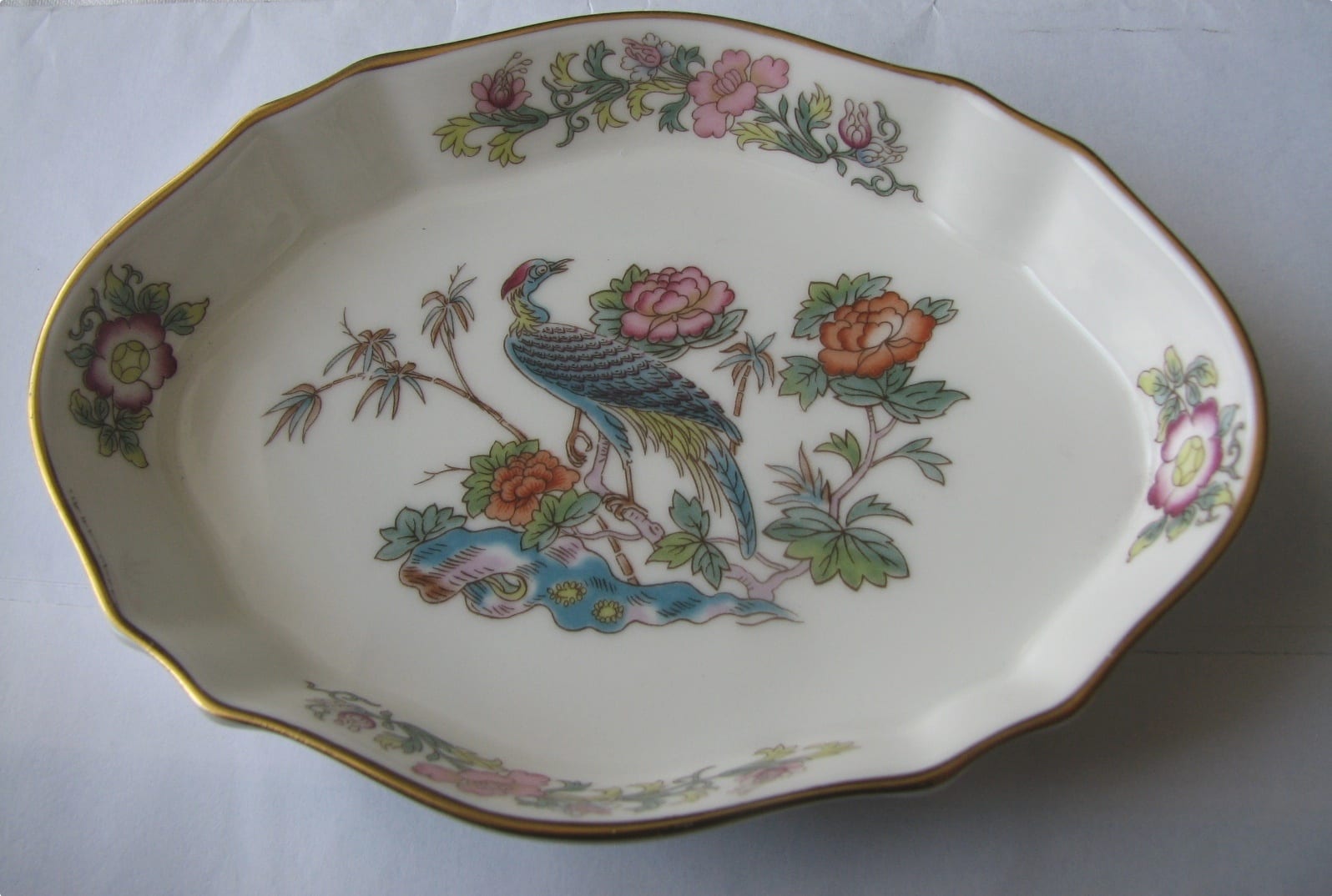
In imitating the consumption habits of the classes above their own, each class sought to raise themselves to that rank – a phenomenon known as ‘social emulation’. Goods acted as status symbols and were desired for the aesthetic appeal as opposed to just their utility.
Spurred on by social emulation and class competition, consumption penetrated into lower reaches of society, with the imitation goods increasingly used to disguise social class. The English writer Nathaniel Forster commented on this phenomenon in 1767: “’In England the several ranks of men slide into each other almost imperceptibly, and a spirit of equality runs through every part of their constitution.”
By the end of the 18th century, members of the lower middle classes, such as shipowners, local shopkeepers, and tradesmen, were all copying the rich by filling their households with domestic objects such as china, silverware, and fine linens. Thus, it was the rich who dictated the fashions of the time that would slowly filter down through society.
Entrepreneurs soon realised that a luxury product endorsed by high society was thus by far the most effective means for developing a profitable, mass-market commodity. The pottery inventor Josiah Wedgwood, for example, embarked on a long and sustained wooing of the English aristocracy in the mid-18th century.
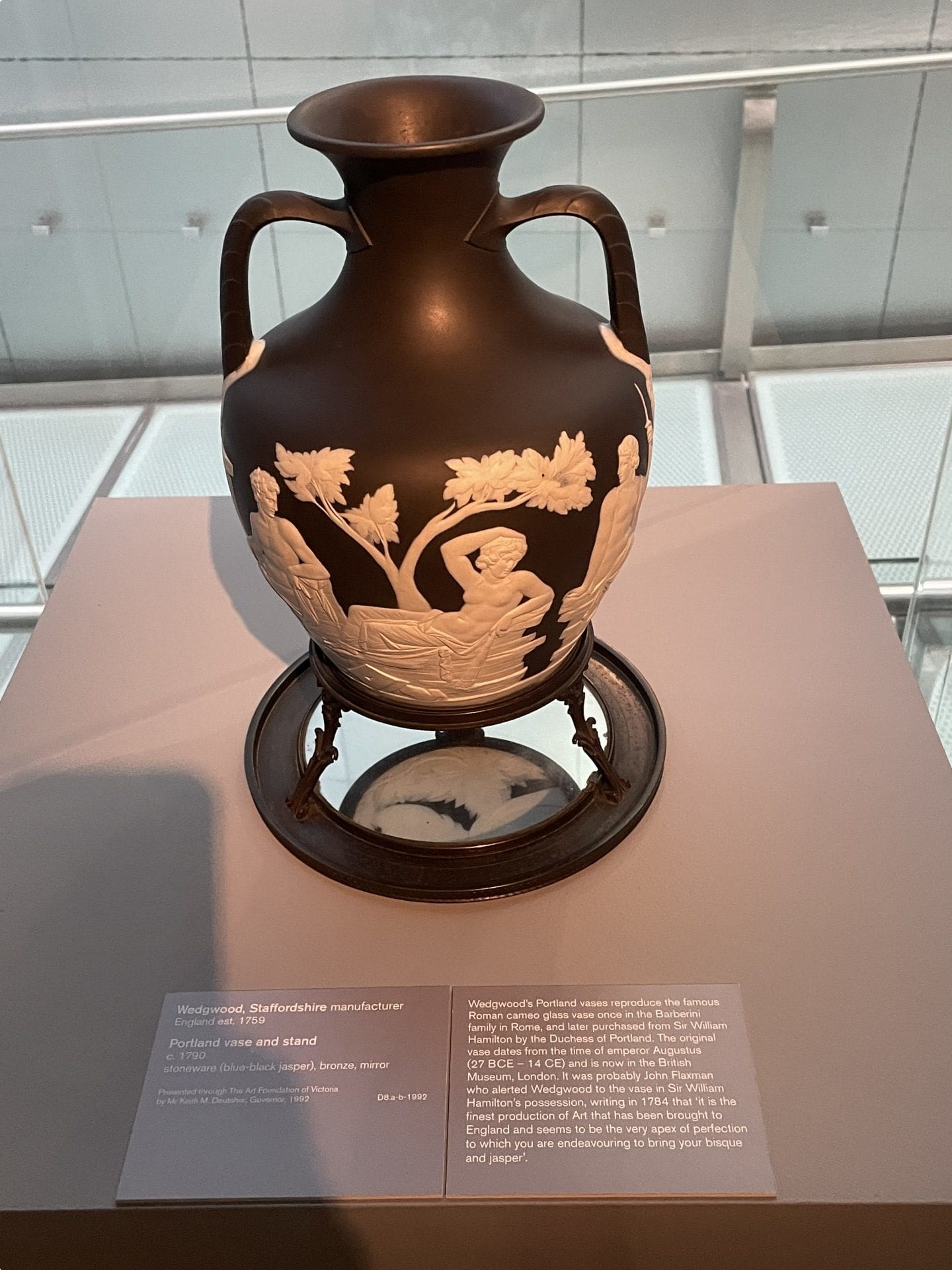
Using innovative marketing techniques, he successfully influenced and manipulated the direction of their prevailing tastes and preferences to accept his goods. Soon enough, his ceramics were an integral part of the interior decoration of every important 18th century country house. It was only a matter of time before the middle classes were rapidly buying them up as well.

Other producers soon followed Wedgwood’s example, as consumption fashions became increasingly important to spread a wide range of products amongst the classes. Newspaper advertisements played a vital role, allowing the bulk of people to follow these latest fashions. The 18th century thus saw a phenomenal expansion of newspapers and magazines across England. A very large proportion of the publications were filled with advertising from designers and retailers acquainting the public with the products they sold.
Unprecedented Consumption
By the mid-18th century, the English were buying more than ever before and much more than their European peers. The historian Michael Kwass notes, “Consumers launched a buying spree of historic dimensions, purchasing unprecedented quantities of household furnishings, clothes, and personal accessories.”
Writing in 1749, the architect John Wood was amazed at the domestic transformation underway within Georgian society. Dirty floorboards were covered with carpets; stone heaths and chimney pieces were replaced with marble; walnut and mahogany furniture overtook oak; handsome mirrors and hardwood doors with brass locks arrived. In addition to that were the countless items of cutlery and pottery associated with the elaborate social rituals of tea, coffee, and dining.

Most of these items were bought by women, whose spending tended to focus on the domestic sphere. Clothes household fabrics, useful china, new tea sets and silverware, and better furnished fabrics and fittings were all popular products. New products also transformed tableware, with women spending on fine earthenware – instead of using thick pottery, pewter, or wood – as well as silver-plated spoons, forks, and knives.
Men also focused their spending on household items. New furniture, the latest china, and earthenware would be purchased to impress their dinner guests; while clocks and carpets decked their rooms, and wallpaper and pictures hung on their walls.
Men’s consumption habits further tended to be directed towards the latest, most fashionable gimmicks. They purchased items such as letter-cases, pocketbooks, snuffboxes, and other similar small items, which they could show off while gathering with other men of their social class. In a similar manner, they added fine added fine polished buttons to their jackets and coats and silver or faceted steel buckles to their shoes, while carrying a ‘quizzing glass’ or a walking stick with a finely-decorated head.
Foreign commentators were astounded. The Göttingen professor Georg Christoph Lichtenberg said of England in the 1770s that the luxury and extravagance of the lower and middling classes had “risen to such a pitch as never before seen in the world”.
The Russian writer Karamzin said of England in the 1780s: “Everything presented a sea of… plenty. Not one object from Dover to London reminded me of poverty.”
“England surpasses all the other nations of Europe in… luxury… and the luxury is increasing daily!’ wrote the visiting historian J. W. von Archenholz in the 1790s. “All classes,” he concluded, “enjoy the accumulation of riches, luxury and pleasure.”
The Moral Debate Over Consumerism
By the end of the 18th century there was widespread commentary across England and Europe, full of wonder but also frequently complaint over this great change in consumer behaviour. Certain commentators lambasted the excesses of the age. Prime Minister of the United Kingdom Robert Walpole, for example, compared the luxury and extravagance of the English to the ancient Romans and the decline in civic virtue that brought upon the civilisation’s end. Indeed, many saw luxury as a spreading contagion that was corrupting public manners and decency.
Ethical cases were also made for consumption, however. As early as the 1650s, the philosopher Robert Boyle argued for the Christian merits of materialism. As God had furnished man with a ‘multiplicity of desires’, a desire for the accumulation of riches and goods would instil in a man “a more exquisite admiration of the omniscient Author”.
By the turn of the 18th century, a small band of social critics and political essayists were more confidently making the case for the economic benefits of fashion and emulative spending. In A Discourse of Trade (1690), Nicholas Barbon explained that “it is not Necessity that causeth Consumption… but it is the wants of the Minds, Fashion and the desire of Novelties and Things Scarce that causeth Trade”. It was beginning to be argued that the growth of new wants stimulated increased effort and output, and so consumption by all ranks of society would further stimulate economic progress.
Bernard Mandeville consolidated this way of thinking to provide the most comprehensive argument in favour of the benefits of material luxuries in The Fable of the Bees in 1714. In his argument, he stressed that national, social, and economic benefits could, and in his view did, spring from luxury, avarice, prodigality, pride, envy, and vanity. For him, the country’s prosperity ultimately lay in the self-interest of the consumer. This argument provoked moral outrage though, with Mandeville widely denounced as a modern Machiavelli for denying man’s capacity for goodness.
However, it did spark a broader discussion of the benefits of spending. And by the time the pre-eminent philosophers of commercial society, Adam Smith and David Hume, started to address the moral foundations of wealth creation in the 3rd quarter of the 18th century, the case for virtuous consumption seemed self-evident. The increased tendency to consume had assumed its rightful place in model of economic growth.
Thus, in 1776 Smith could state, “Consumption is the sole end and purpose of all production; and the interest of the producer ought to be attended to, only so far as it may be necessary for promoting that of the consumer.”
David Hume went even further. In his Essays (1758), he agreed with the Mandeville argument that increased consumption and is advantageous to society. But more than that, where ‘there is no demand for such superfluities, men sink into indolence, lose all enjoyment of life, and are useless to the public.”
Over time, it came to be widely accepted that man was a consuming animal with boundless appetites to follow fashion, to emulate the classes above, and to seek social advance through spending. To enjoy the act of purchase was no longer seen as the prerogative of the rich. The revolution was complete.
Tour of Industrial Britain
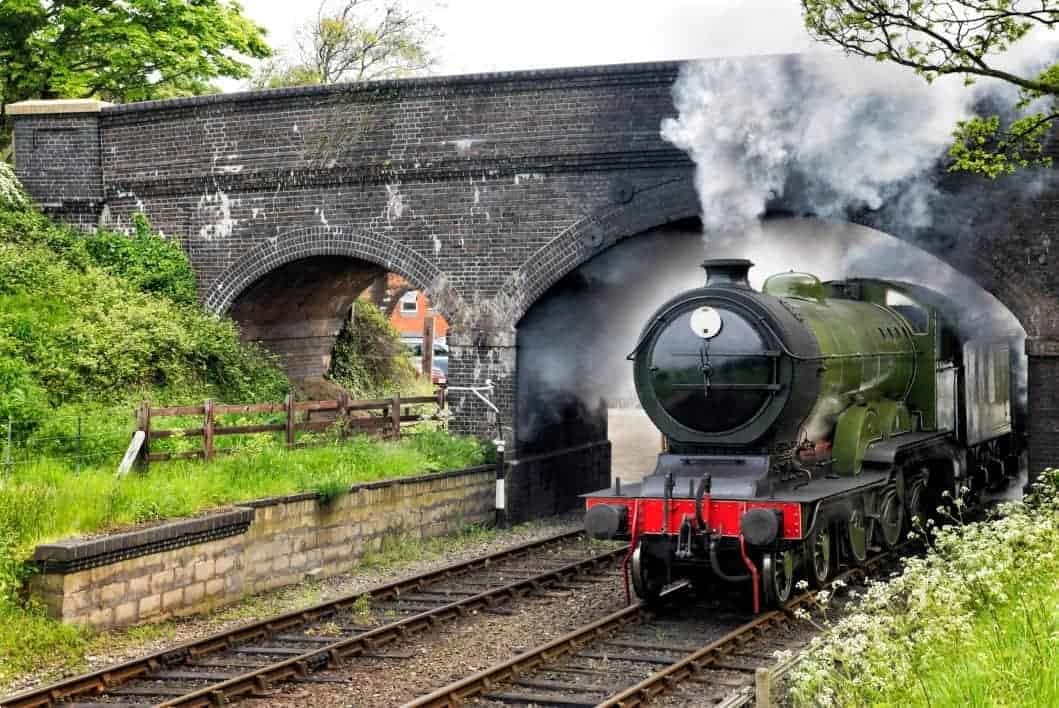
You can learn about England’s consumer revolution and the Industrial Revolution that followed on Odyssey Traveller’s Agrarian and Industrial Britain. This escorted tour with a tour director and knowledgeable local guides takes you on a 22 day trip to key places such as London, Bristol, Oxford & York, where Britain’s industrial history was made.
This small group tour focuses on two major elements of British history: the Agrarian Revolution and the Industrial Revolution. It explores critical elements of these revolutions and the impact that they had on the Great Britain we know today. This is a tour designed for the mature couple or solo traveller who is looking for an adventure that combines a fascinating history with beautiful scenery and unique landmarks.
During the tour, you will visit the remnants of many of Britain’s industrial-related structures preserved in the landscape and cities of today. You will visit some of the wonders of the revolutions and key locations recognized as iconic landmarks of British history. If you want to get more out of your vacation and uncover a new side of British history, then this is the holiday for you. The Agrarian and Industrial Britain tour will give you an amazing insight into the development of what was one of the world’s greatest powers.
The Agrarian and Industrial Britain small group tour also has a sister tour: Britain’s History Through its Canals and Railways. This small groups tour of Wales, Scotland & England also traces the history of the journey that is the Industrial Revolution through a focus on Britain’s canals and railways. Knowledgeable local guides and your tour leader share their history with you on this escorted tour including Glasgow, London, New Lanark & Manchester, Liverpool and the Lake district.
Learn how the Industrial Revolution brought significant and lasting change to Britain. Discover how engineers overcame geographical obstacles using viaducts, bridges, aqueducts, tunnels, and locks. Witness first hand the ground-breaking technology and the many impressive structures that transformed Britain’s economy, some now restored for recreational purposes. Led by local guides selected for their expertise, we also provide the opportunity to examine and discuss the resulting social upheaval.
Packed to the brim with history, culture, and striking scenery, Great Britain and Ireland have a lot to offer the traveller. Our small group tour of the British isles are perfect for the mature or senior traveller who wants to explore the history of Britain and Ireland as part of an intimate guided tour with an expert local guide.
Odyssey Traveller has been serving world travellers since 1983. All tours provide an authentic and culturally informed travel experience, that goes beyond the usual tourist sites in favour of drawing out the hidden histories of our destinations. Our guides are chosen for their local expertise, and we move in genuinely small groups: usually 6-12 per tour. Our tours are all-inclusive, encompassing accommodation, attraction entries, and transport. For more information, click here, and head to this page to make a booking.

Articles about Britain published by Odyssey Traveller:
- The London Underground
- Victorian Women’s Fashion
- Queen Victoria’s Britain, Part 1 and Part 2
- Understanding British Churches
- Georgian Architecture
- London’s Victorian Architecture
External articles to assist you on your visit to Britain:
- National Parks UK
- William the Conqueror (History.com)
- Queen Victoria
- The Royal Parks of London
- The Royal Mausoleum
Related Tours
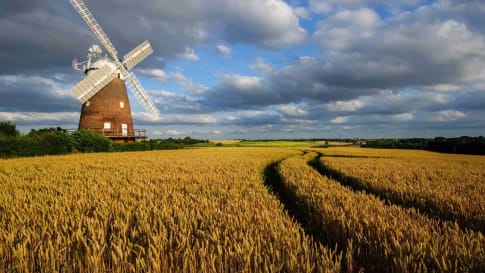
23 days
AprAgrarian and Industrial Britain | Small Group Tour for Mature Travellers
Visiting England, Wales
A small group tour of England that will explore the history of Agrarian and Industrial period. An escorted tour with a tour director and knowledgeable local guides take you on a 22 day trip to key places such as London, Bristol, Oxford & York, where the history was made.
From A$17,275 AUD
View Tour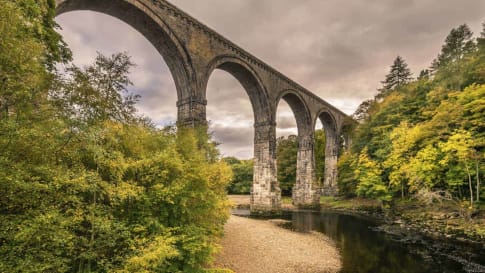
23 days
Oct, Apr, SepCanals and Railways in the Industrial Revolution Tour | Tours for Seniors in Britain
Visiting England, Scotland
A small group tour of Wales, Scotland & England that traces the history of the journey that is the Industrial revolution. Knowledgeable local guides and your tour leader share their history with you on this escorted tour including Glasgow, London, New Lanark & Manchester, Liverpool and the Lake district.
From A$17,860 AUD
View Tour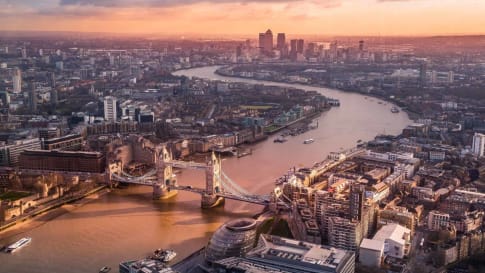
6 days
Apr, SepLondon Short Tour
Visiting England
A small group tour of London is a collection of day tours that visit and explore through the villages of the city. This escorted tour includes a journey out to Windsor castle. We explore Contemporary and learn about Roman Walled city, Medieval, Victorian London and the contemporary city today.
From A$6,995 AUD
View Tour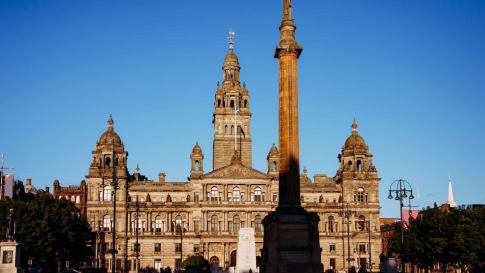
From A$13,915 AUD
View Tour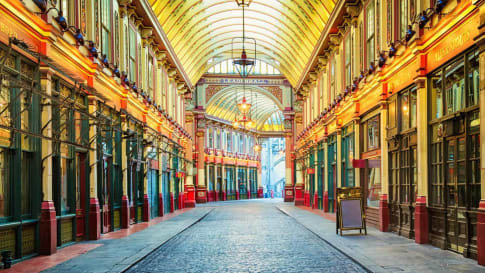
21 days
Sep, JunQueen Victoria's Great Britain: a small group tour
Visiting England, Scotland
A small group tour of England that explores the history of Victorian Britain. This escorted tour spends time knowledgeable local guides with travellers in key destinations in England and Scotland that shaped the British isles in this period including a collection of UNESCO world heritage locations.
From A$15,880 AUD
View Tour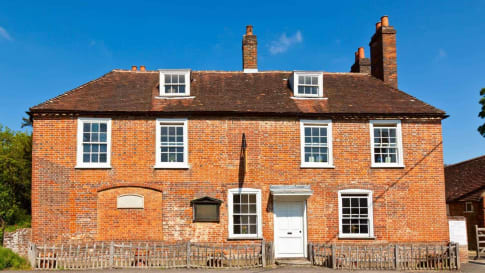
22 days
AugDiscovering the art and literature of England: Jane Austen, Shakespeare, and more
Visiting England
Stratford upon Avon, Shakespeares birthplace and Anne Hathaway's cottage as well as the Lake district a UNESCO World site and Dicken's London are part of guided tour for a small group tour of like minded people learning about the art and literature of England. Your tour leader and local guides share day tour itineraries to create a unique travel experience.
From A$17,765 AUD
View Tour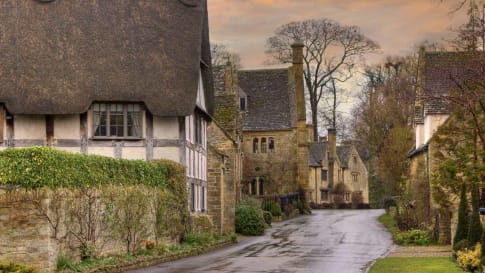
19 days
Jun, SepEngland’s villages small group history tours for mature travellers
Visiting England
Guided tour of the villages of England. The tour leader manages local guides to share their knowledge to give an authentic experience across England. This trip includes the UNESCO World heritage site of Avebury as well as villages in Cornwall, Devon, Dartmoor the border of Wales and the Cotswolds.
From A$16,995 AUD
View Tour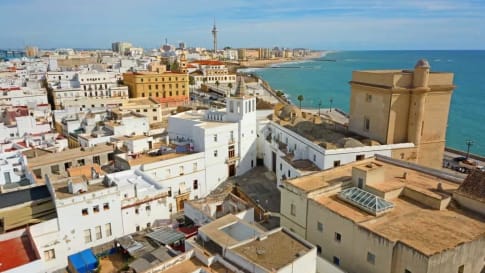
21 days
May, Aug, SepHabsburg Spain vs Tudor England: small group tour exploring 16th century history of England & Spain
Visiting England
This holiday with a leading tour operator allows the escorted tour for seniors to explore the life and times of the royal families responsible for making England and Spain so significant in the 16th century with local guides providing the travel experience for the detailed itineraries. We spend 10 days travelling from London to Madrid.
From A$14,295 AUD
View Tour
22 days
Apr, AugSeven Ages of Britain, snapshots of Britain through the ages.
Visiting England, Scotland
This guided small group tour starts in Scotland and finishes in England. On Orkney we have a day tour to the UNESCO World heritage site, Skara Brae, before travelling to city of York. Your tour leader continues to share the history from the Neolithic to the Victorian era. The tour concludes in the capital city, London.
From A$15,995 AUD
View Tour
22 days
Mar, Sep, MayFlorence: Living in a Renaissance City
Visiting Italy
A small group tour with like minded people, couples or solo travellers, that is based in Florence. An authentic experience of living in this Renaissance city The daily itineraries draw on local guides to share their knowledge on this unique European tour. Trips to Vinci, Sienna and San Gimignano are included.
From A$14,375 AUD
View Tour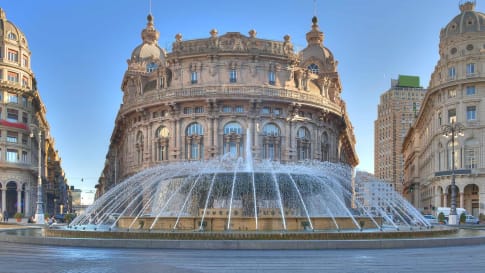
21 days
Sep, Apr, OctFour Italians: Genoa, Mantua, Orvieto and Bologna
Visiting Italy
A small group tour for senior couples and mature solo travellers to Genoa, Mantua, Orvieto and Bologna. Places where the Renaissance shone beyond Florence, Venice and Rome. Italy is one of the great countries of Europe this program with like minded people takes you beyond the regular path of travellers to see and learn more.
From A$15,995 AUD
View Tour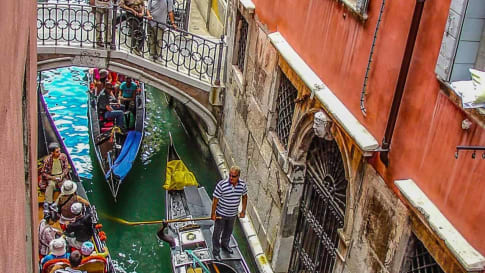
18 days
Sep, AprSmall group tour to Venice and Genoa
Visiting Italy
City pairs and rivalries exist. When spice, gold, steel swords and cloth where major commodities in the Mediterranean then Venice and Genoa fought for market share. Venice offered mercenaries, Genoa, banks. Italian history tour for those interested in joining a small group educational tour for senior couple and mature solo travellers.
From A$10,995 AUD
View TourRelated Articles
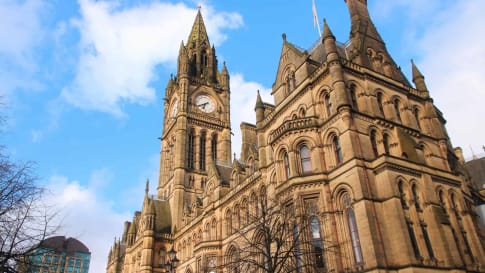
Bees in Manchester: a surprising symbol of the Industrial Revolution
Bees in Manchester: a surprising symbol of the Industrial Revolution The bee is an intriguing symbol for the city of Manchester. The city’s damp climate provided the ideal conditions for milling cotton. But this is…
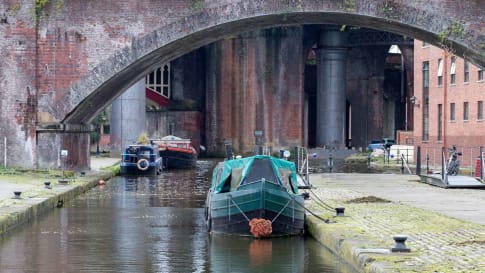
Britain: First Industrial Nation
Britain: The First Industrial Nation In the mid-18th century, the Industrial Revolution was largely confined to Britain. Historians and economists continue to debate what it was that sparked the urbanisation and industrialisation that would change…
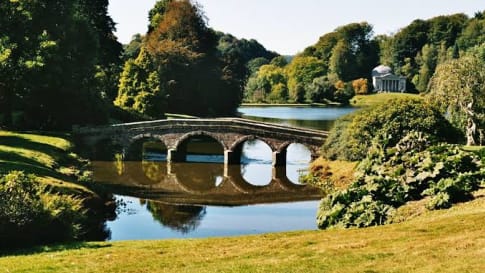
Capability Brown: The English Garden Genius
Article for senior couples and mature solo travellers interested in gardens and design in England and Europe with small group tours of interest.. Brown is regarded as a genius.

Canals and the Industrial Revolution, UK
An Antipodean travel company serving World Travellers since 1983 with small group educational tours for senior couples and mature solo travellers. This article for travllers provides an introduction to the birth of Englands canal network at the start of the industrious and then the Industrial revolutions.

Discovering Medieval Chester: A Thriving Trade Centre
Article about Chester, England for small group educational tours for senior couple and mature solo travellers to England. Articles to support your travel plans to explore England, Scotland, Wales and Ireland.

Exploring Jane Austen’s England
Exploring Jane Austen’s England Jane Austen The reach and magnitude of Jane Austen’s influence on modern readers may make one forget that she only had six novels to her name (three of which were published…

Exploring Newcastle upon Tyne: The Definitive guide for Travellers
Newcastle upon Tyne is discussed in this article for senior couples and mature solo travellers on an educational small group tour. Learn about this English city and the Romans, Vikings, Middle ages and Victoria and the Industrial revolution.
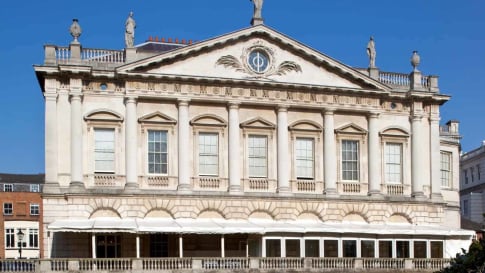
Georgian Style of Architecture: Definitive Guide for Seniors
Article to provide the senior couple or mature solo traveler with an appreciation of the influence of Georgian Architecture in Britain when on a small group educational tour.

Hanseatic League
An Article on the early trading of Germany and the Baltic states by an Antipodean travel company serving World Travellers since 1983 with small group educational tours for senior couples and mature solo travellers who are curious.
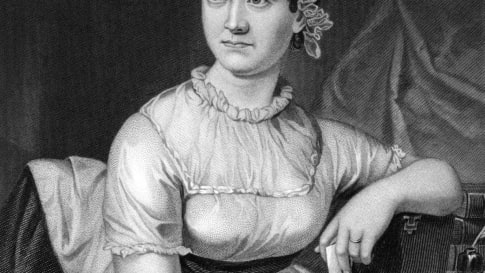
Jane Austen's music collection
Jane Austen liked to play the pianoforte often daily. An article sharing the music Miss Austen liked for senior couples and mature solo travelers interested in the literary and musical heritage of England from Shakespeare to Gilbert and Sullivan.
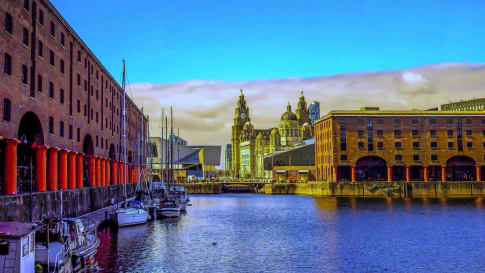
The Rise of Liverpool, UK
Liverpool was the outlet for Britain's trade (and imports). This article shares part of the history of the Port, social and architectural with readers as the Georgian era evolved, the empire grew and the industrial revolution followed including canals, the railway and Manchester. An Antipodean travel company serving World Travellers since 1983 with small group educational tours for senior couples and mature solo travellers.

Shipbuilding on the River Clyde
Glasgow's Clyde river has an important place in Scotland's history both as a port and shipbuilder. Read and learn about the contribution to the Industrial revolution and beyond that period in this article and others on Scotland. Odyssey Traveller is an Antipodean travel company serving World Travellers since 1983 with small group educational tours for senior couples and mature solo travellers.
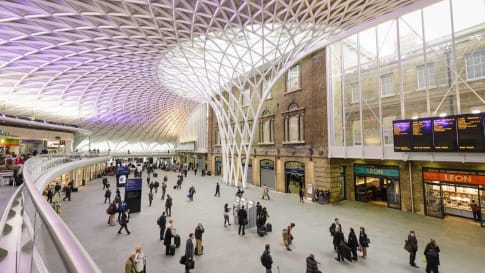
Underground London
London's underground railway network. Article foe senior couples and mature solo travellers joining a small group tour interested in learning about Victorian London and the evolution of the Tube network in the Industrial revolution.
Yorkshire, England in the 17th-19th Centuries
Article to support escorted small group tours to Northern England for senior couples and mature solo travellers. Learn and explore not only about Yorkshire and walking the Wainwright, but Durham Newcastle, the romantics of the Lake district or the inspiration for English literature.



